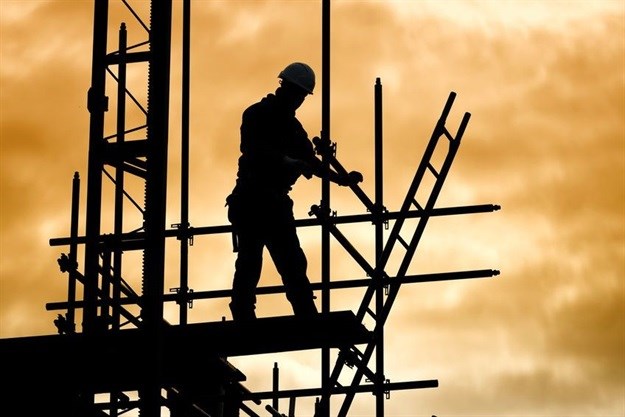Greater awareness needed of risks posed by working at height, says MBA North

“As one of the concerned industry bodies, we are urging members to take advantage of the varied services offered by the Institute for Working at Height, as well as the growing range of specialised equipment on the market,” says Roets.
The Institute for Working at Height (IWH) is a non-profit, non-statutory body, divided into a professional body as well as a trade association. Its core function is to promote safety for all employees when working at height in South Africa and it provides guidance on which standards to adhere to, good-practice-notes and guidelines to safer work at height. The IWH also advises on appropriate training for various working-at-height scenarios, as well as checking if the training provider is in fact adhering to all the criteria that they should to deliver proper, accredited and quality assured training. It is also the role of the IWH to keep the industry updated on the latest rules and legislation, services, equipment and so on by conducting meetings and seminars.
The IWH has also begun conducting compliance audits as a way of helping its members to improve their compliance with relevant safety legislation and regulations.
An-Lie Nel, trade manager at the IWH, believes that training holds one of the keys for ensuring safety when working at height, as well as responding to any accident that might occur. She says that it is important that employers make certain that they only engage with accredited training providers.
“In addition, not only should the training be accredited, it must also be quality assured by the relevant body – there are many fly-by-night providers out there,” she warns. Clients can contact the IWH to find out if a provider they are interested in using is, in fact, reliable.
Working with ladders
A particular area that needs attention is ladders, which account for just over 3% of all accidents related to falling, the largest category. Nel notes that while there are no published training standards relating to ladders, the IWH has registered its own set of training outcomes. The IWH is urging its members, and the industry at large, to ensure their employees are properly trained in the safe use of ladders – after all, they are one of the most common pieces of equipment on any building site.
Nel says that contractors should be aware that over the years the industry has developed many regulations and guidelines to help ensure the safety of those working at height. In addition, a growing range of sophisticated tools and equipment is being produced that is scientifically tested and designed for these hazardous working conditions.
Darryl Voysey, operations director at Form-Scaff, the agent for Combisafe equipment in South Africa, says statistically the construction sector is one of the most dangerous sectors to work in, with over 50% of all fatalities within the industry relating to ‘working at height’ incidents. It is worth noting that while many of these accidents relate to workers falling from height, an often overlooked but equally critical number of cases are those where damage is sustained by falling objects.
Fall protection equipment
“From an occupational health and safety point of view, it thus makes great sense to invest in tried, tested and approved fall protection equipment. Unfortunately, in South Africa, this portion of the project is rarely specified in the Bills of Quantity, so it becomes an extra expense for the contractor who needs to ensure that it is priced correctly. Very often the temptation is to jury-rig something, but that is risky in itself as this unique ‘solution’ is not tested, and so one has no idea how it will actually perform when required.”
Honeywell’s Mike Murley adds that a safety solution needs to be comprehensive and include netting and fall-restraint equipment. Each site is unique, and so the solution must be able to be adapted to the conditions on (or above) the ground. Contractors should also be aware that reputable service providers will undertake on-site equipment training if required.
Roets says employers have a legal and moral duty to keep their employees safe, and the dangers are obviously particularly clear when working at height. “This is an area in which South Africa is currently lagging, so it’s an issue that deserves our attention. Safety is one of the pressing issues for our industry,” he says.